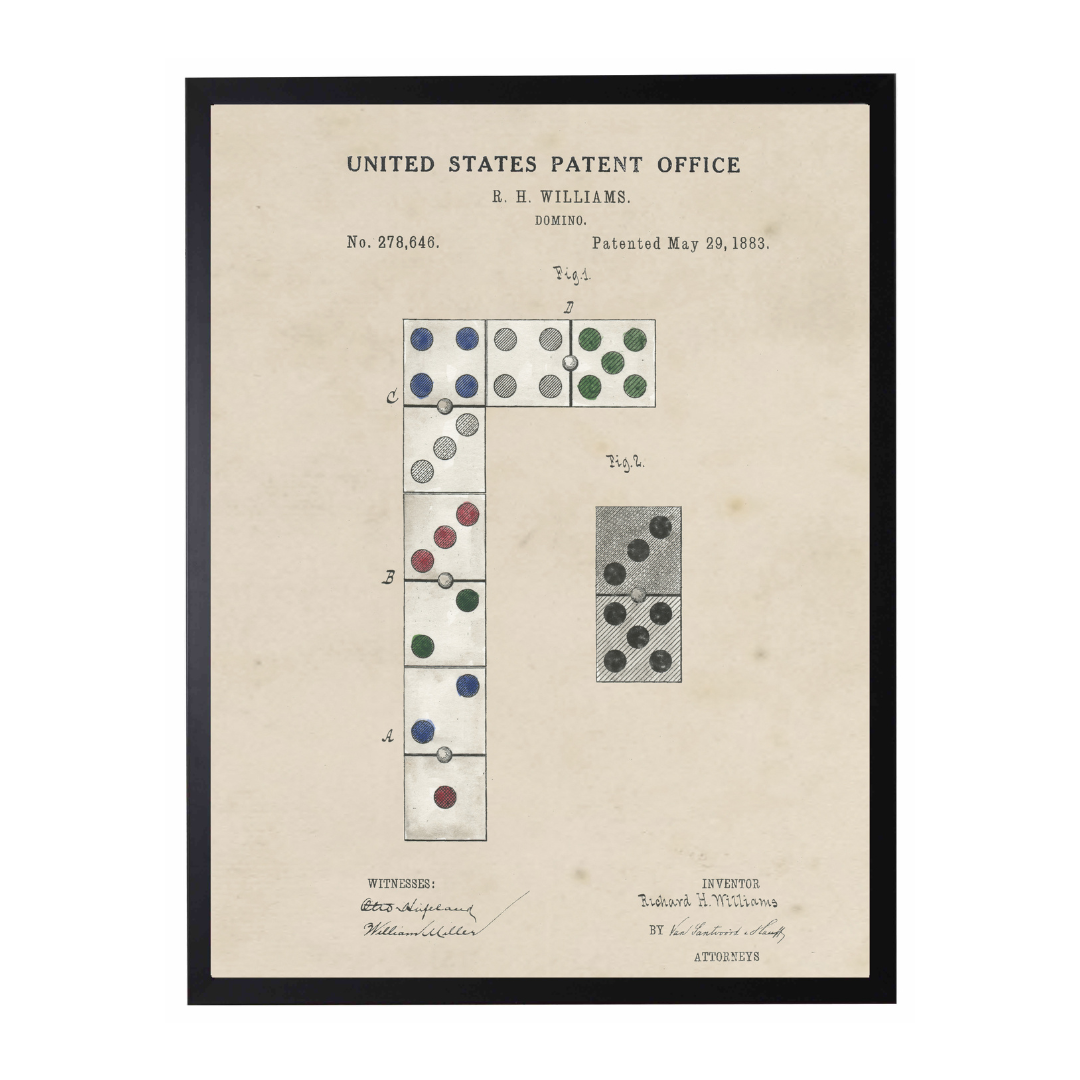Dominos, one of the oldest game tools, are believed to have originated in China around the 1200s, during the Yuan Dynasty. Early domino tiles were functionally identical to playing cards and used for a variety of games.

From the 1200s to the 1400s, several Chinese authors wrote about the popularity of domino-based games. The earliest book written about dominos is the Manual of the Xuanhe Period written by Qu You in the 1400s.
Early (and modern) Chinese domino sets typically contained 32 pieces and were used to play Tien Gow, Pai Gow, Che Deng, and many other games. The 32 pieces represent each possible combination of two thrown dice. Chinese sets sometimes have “military” and “civil” suit markings.

Dominos eventually surfaced in Italy in the 18th century before quickly spreading to Austria, Germany, and France. The game is also believed to have been introduced to England in the late 1700s through French prisoners of war. By the 1860s, dominos had spread to the US, spurring many variants of the tiles.

Soon many different games emerged, but most that we associate with dominos today were invented in the last few decades. Chickenfoot, block, and mexican train are among the most popular games today.
In 1883, soon after dominos landed in the US, Richard Williams of Mount Vernan, NY was granted a patent for a novel domino design. His patent covered dominos where each number had a separate color to make matching easier. This simple yet useful patent is believed to have expired in 1900 without renewal.
Check out the patent




